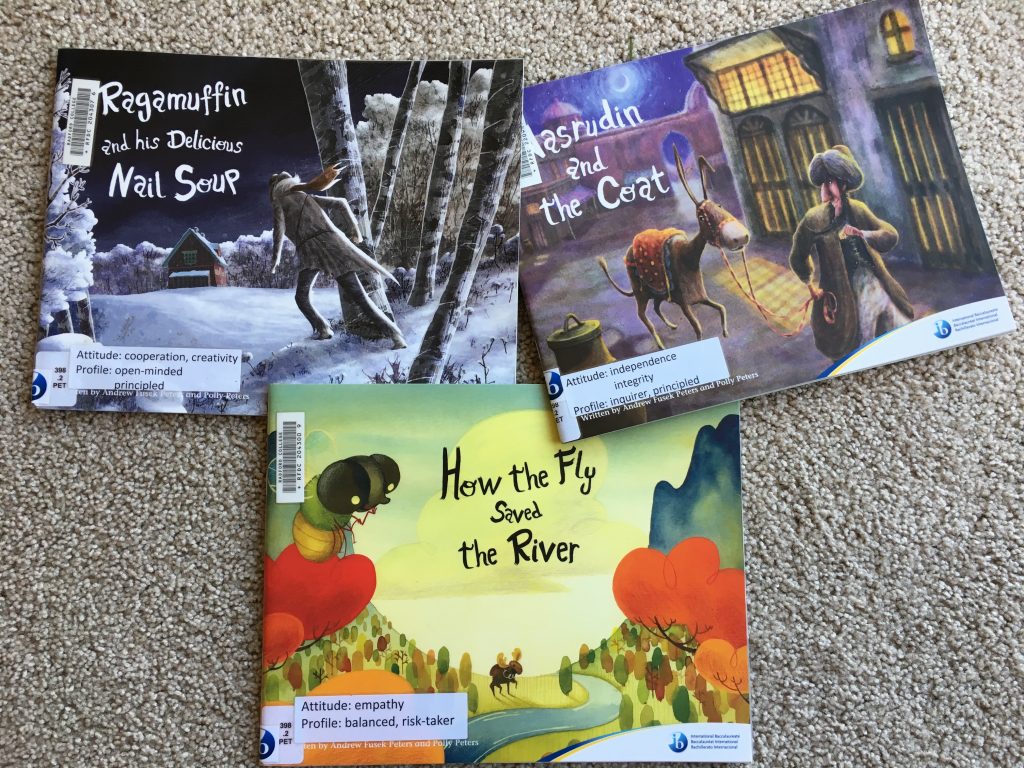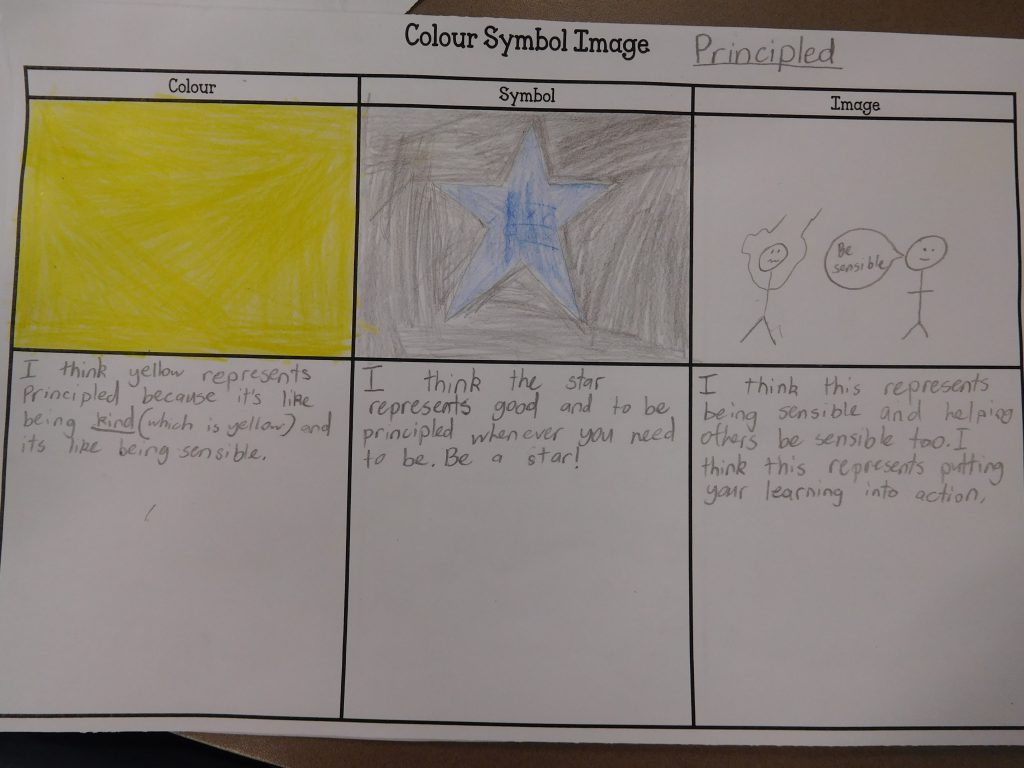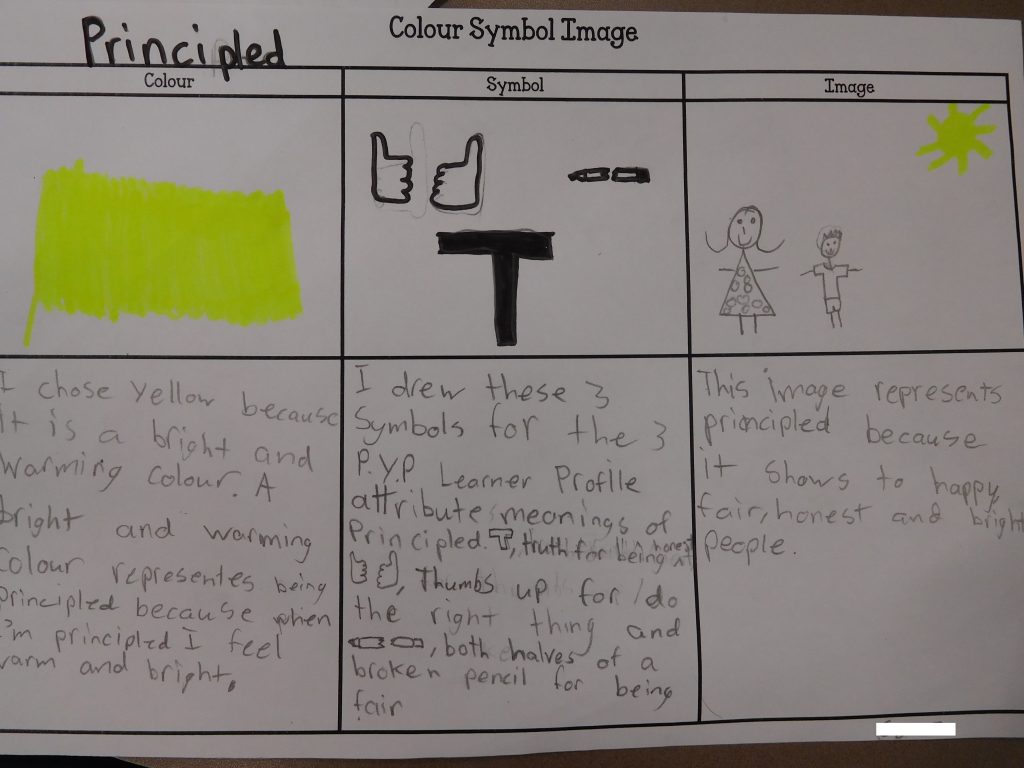
Julianne Hay, PYP teacher, Radford College, Australia
This article is an example of how ‘The Ten Tales from Different Countries’ series of books can be used to support units of inquiry and help develop thinking skills in a Primary Years Programme classroom.
I stumbled across a few interesting picture books in our Primary Years Programme (PYP) resources section of our Junior School Library one day and thought these might be worth reading to my year 4 students. As it turned out, the students loved them!
The Ten Tales from Different Cultures (2013) is a collection of picture books that highlight the IB Learner Profile attributes. They are written by Andrew Fusek Peters and Polly Peters who use their skillful storytelling and illustrating abilities to adapt traditional folk tales.

I have read a number of these books to provoke thinking and discussion in the classroom. One of our class favourites is Ragamuffin and his Delicious Nail Soup. This book provides an insight into what it means to be open-minded and principled. Throughout the story, the characters cooperate together as the crafty intruder creatively prepares Nail Soup. Our year 4 class actively engaged in discussion around the attributes of these two characters and whether or not they were examples of a principled person.
Another story our class enjoyed from this collection was Nasrudin and the Coat, a traditional Turkish tale. It is a beautiful story of a man who sets off to visit his wealthy cousin and is turned away because of his beggar-like appearance. This too, provoked discussion around what it means to be principled and to have integrity. After a brief discussion about the book, the year 4 students then wrote their own questions about the story on sticky-notes and placed them on a question quadrant. The quadrant was divided into four sections with a heading displayed in each section, as follows:

Once the student questions were placed into each section, we then chose a number of them to discuss (and decide whether it was actually in the correct section). Some of the questions that were raised are listed below:
- Look and find the answer in the text:
What was Nasrudin’s new coat made from? (A: Cashmere – which then led to an ‘ask an expert’ question)
- Ask an expert:
What is cashmere? How is it made?
Is this based on a true story? When was this story originally told?
Where did this story take place?
Where is Turkey?
- Use your imagination:
Did the cousin feel angry when Nasrudin refused to kiss his hand?
Why did the cousin not pay much attention to Nasrudin when he was in his old clothes, but in his new clothes, Nasrudin was well- respected?
How did the cousin get so much money? What did he do?
- Question for discussion (further inquiry needed):
How does a flashy coat change everything about Nasrudin?
Does getting new clothes in real life change everything about you in everyday life?
Why would you treat someone poor terribly, and someone wealthy nice?

From these intriguing discussions, we then reflected upon the learner profile attributes highlighted in this story. The students independently chose one attribute to represent through the visible thinking routine of Colour Symbol Image. This demonstrated the depth of understanding that the students had around being principled and having integrity and independence. These particular attributes and attitudes also connected to those being developed through our current unit of inquiry Where we are in place and time.


I highly recommend this collection of stories as a way of exposing students to traditional folk tales from around the world. These stories also support the learning within our units of inquiry by providing wonderful provocations for in-depth discussion around many of our programme elements.
References:
The Ten Tales from Different Cultures series:
Peters, A. F. & Peters, P. 2013. Nasrudin and the Coat. International Baccalaureate Organization (UK) Ltd.
Peters, A. F. & Peters, P. 2013. Ragamuffin and his Delicious Nail Soup. International Baccalaureate Organization (UK) Ltd.
Ritchhart, Church & Morrison. 2011. Making Thinking Visible. Jossey-Bass. San-Francisco
Think! Rochester Community School: http://www.rcsthinkfromthemiddle.com/thinking-routines.html
Julianne Hay is a PYP teacher at Radford College in Canberra, Australia. She has been a PYP teacher for six years and has a Master’s Degree in Education – International Baccalaureate. Julianne enjoys finding creative ways to help students develop their thinking skills and acquiring the attitudes needed to support the development of the Learner Profile attributes. Julianne is also an IB Workshop Leader and School Visit Team Member. You can follow her on Twitter @JulianneHay16.
You can get The Ten Tales series from the IB store at Follett.

Thank you for modeling great teaching strategies and providing the resources to implement them ourselves in the classroom!
This article was so useful for me as I lead Literature Group Circles in my school! How questions are framed, and how to guide discussions was very insightful. The list of books you referred to are also so thoughtful and I might be ordering a set for our teachers soon!
So much to learn from this blog. Thanks for sharing. I definitely want to try the strategies described in this.
Teşekkür ederim. Çok etkileyici ve güzel bir çalışma olmuş.